Recent Posts
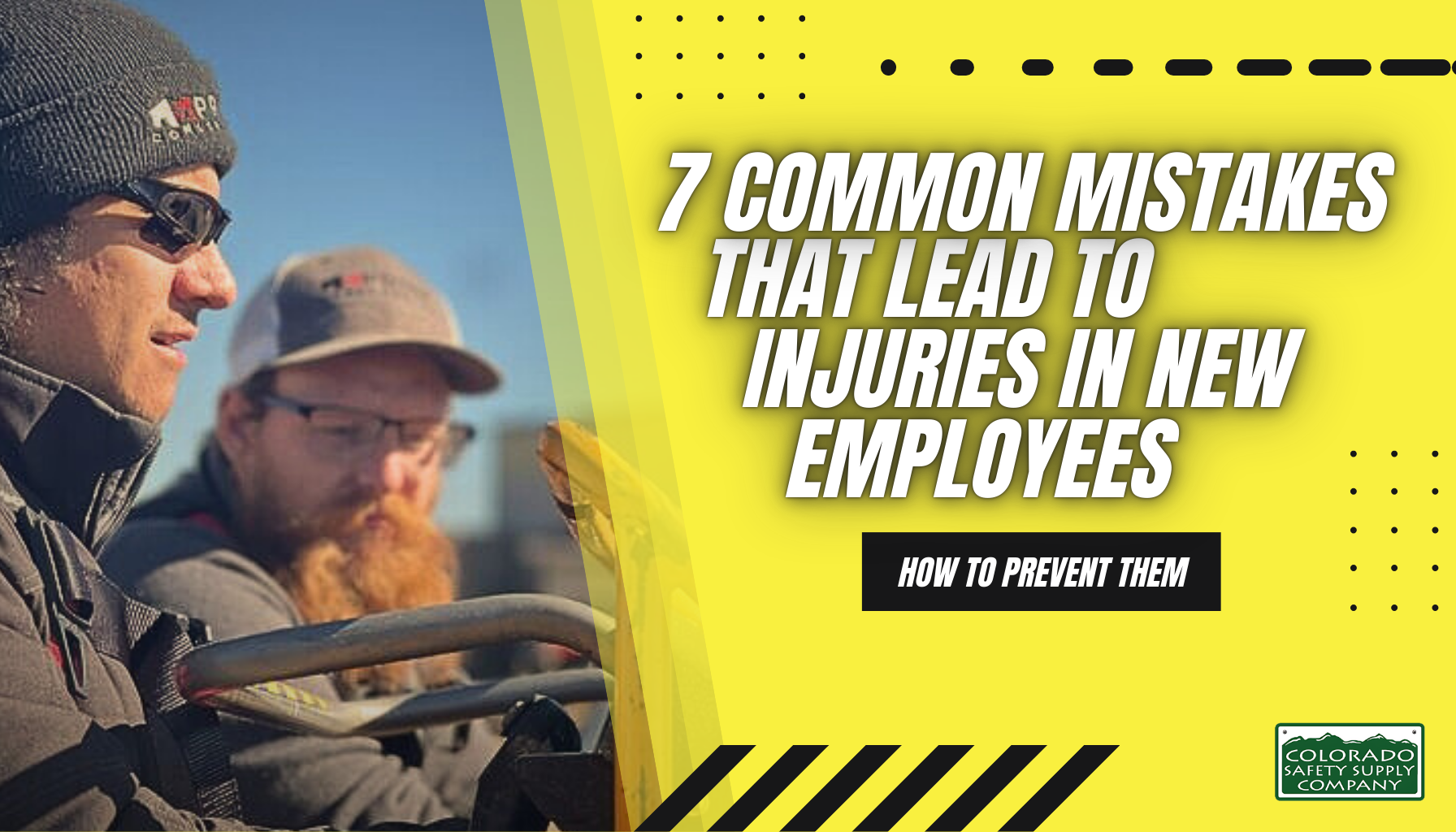
7 Common Mistakes That Lead to Injuries in New Employees—and How to Prevent Them
30% of workplace injuries occur within the first year. Learn the 7 common mistakes new employees make and how to prevent them through proper training and safety measures. Contact us for training.
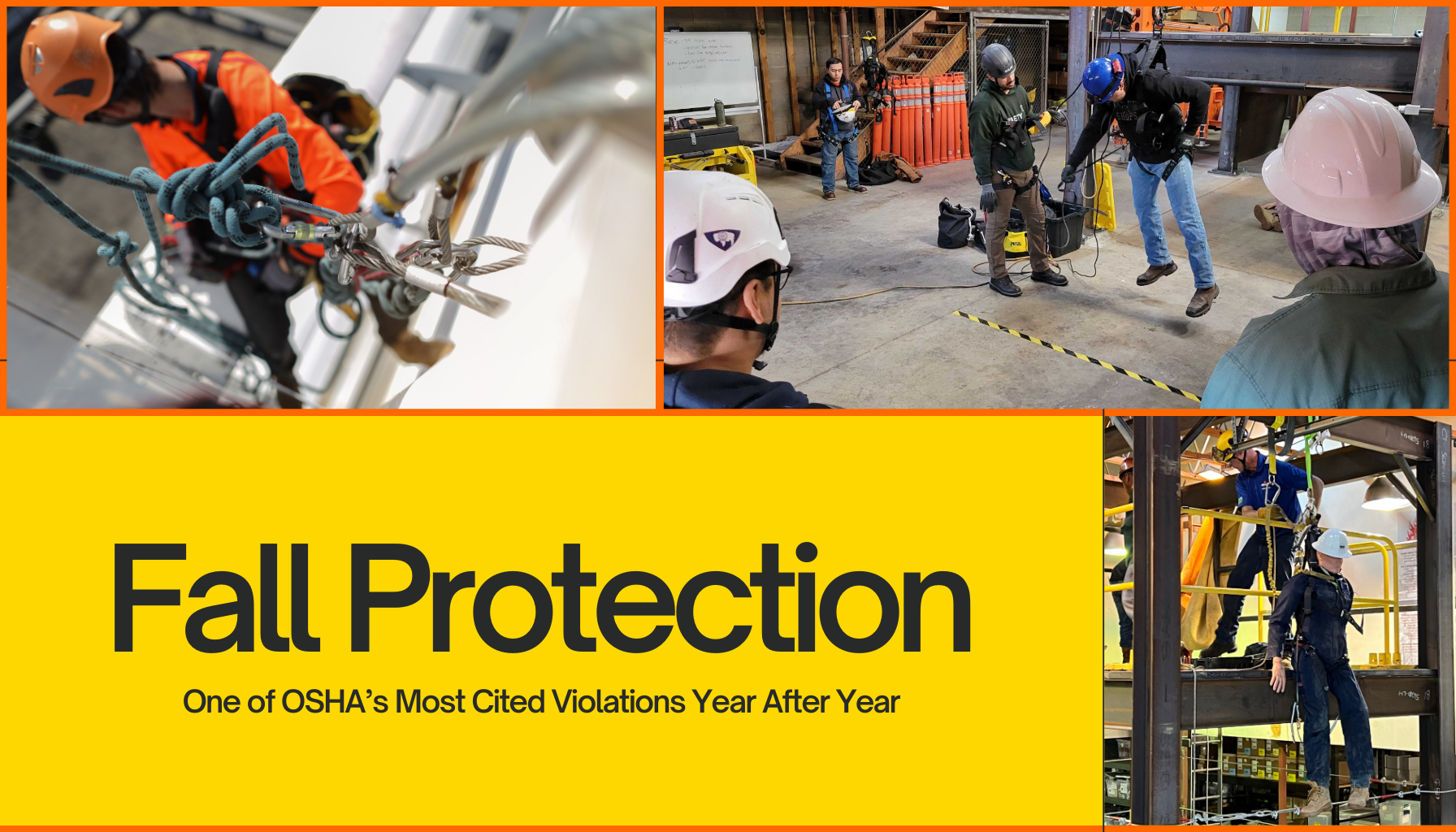
Fall Protection: One of OSHA’s Most Cited Violations Year After Year
Fall protection remains one of OSHA’s most cited violations in construction. Learn why falls are a leading cause of injuries and how to keep your team safe and compliant on the job.

How Close Can an Employee Get to a Roof Edge Without Fall Protection?
Wondering how close an employee can get to a roof edge without fall protection? Learn about OSHA guidelines and when fall protection is required to ensure safety on construction sites.
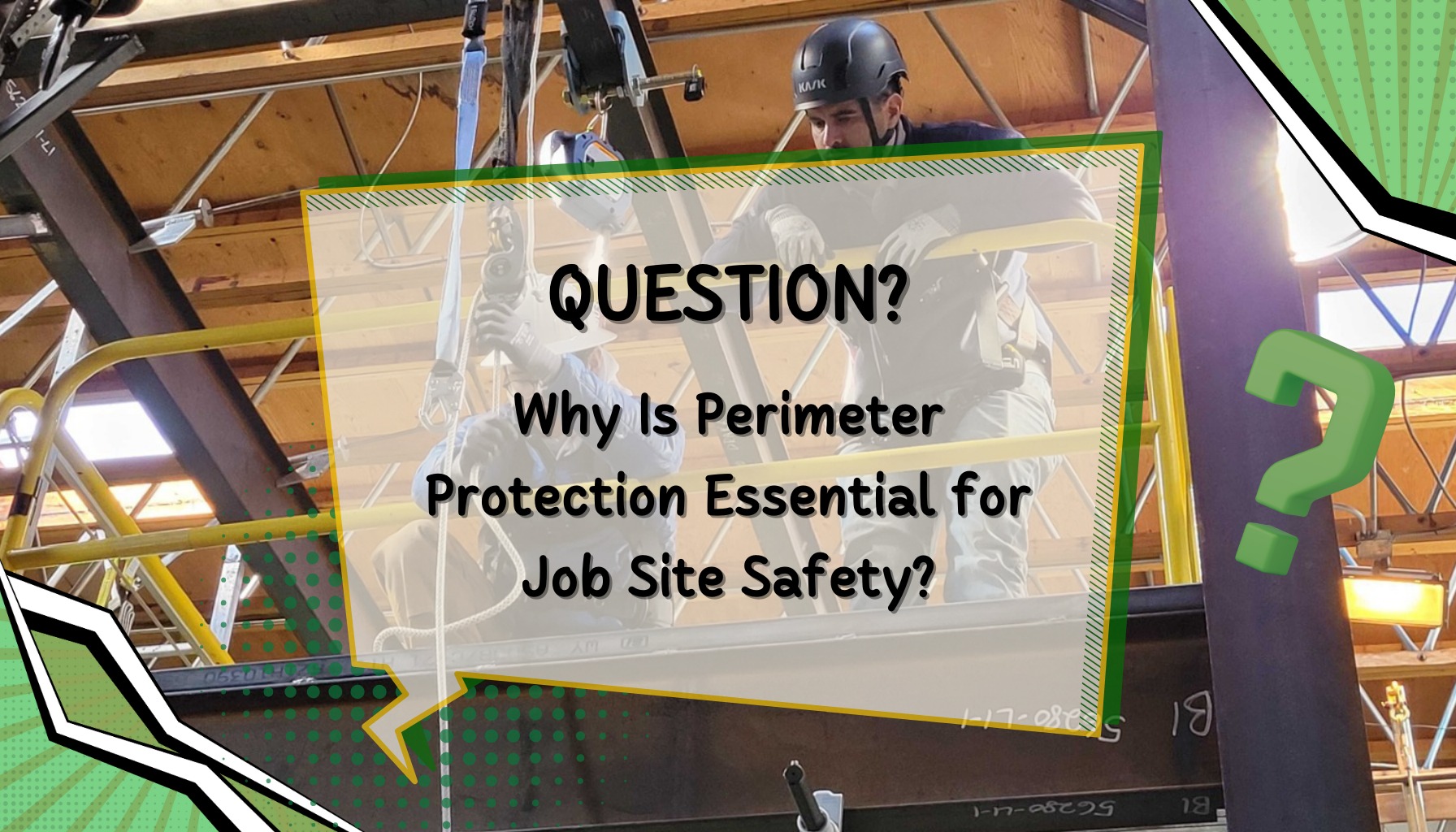
Why Is Perimeter Protection Essential for Job Site Safety?
Perimeter protection is vital for job site safety, preventing unauthorized access and fall hazards. Learn key elements like guardrails, barricades, signage, and best practices to enhance workplace security.
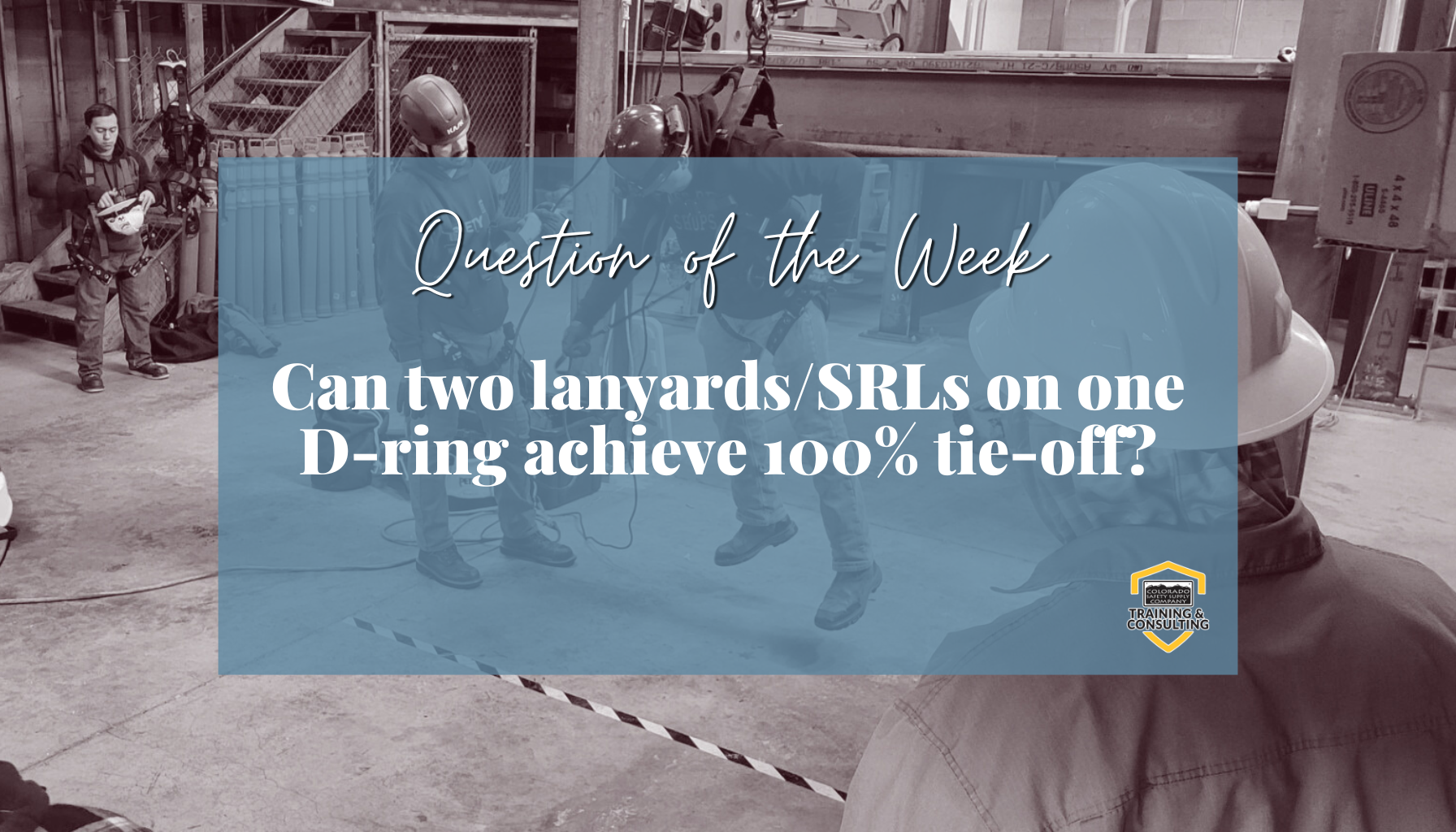
Can you attach two lanyards or SRLs to one "D" ring to achieve 100% tie-off for one person?
Discover why attaching two lanyards or SRLs to one D-ring isn’t safe for 100% tie-off. Colorado Safety Supply explains OSHA-compliant fall protection methods to keep your worksite secure. Stay safe!!.
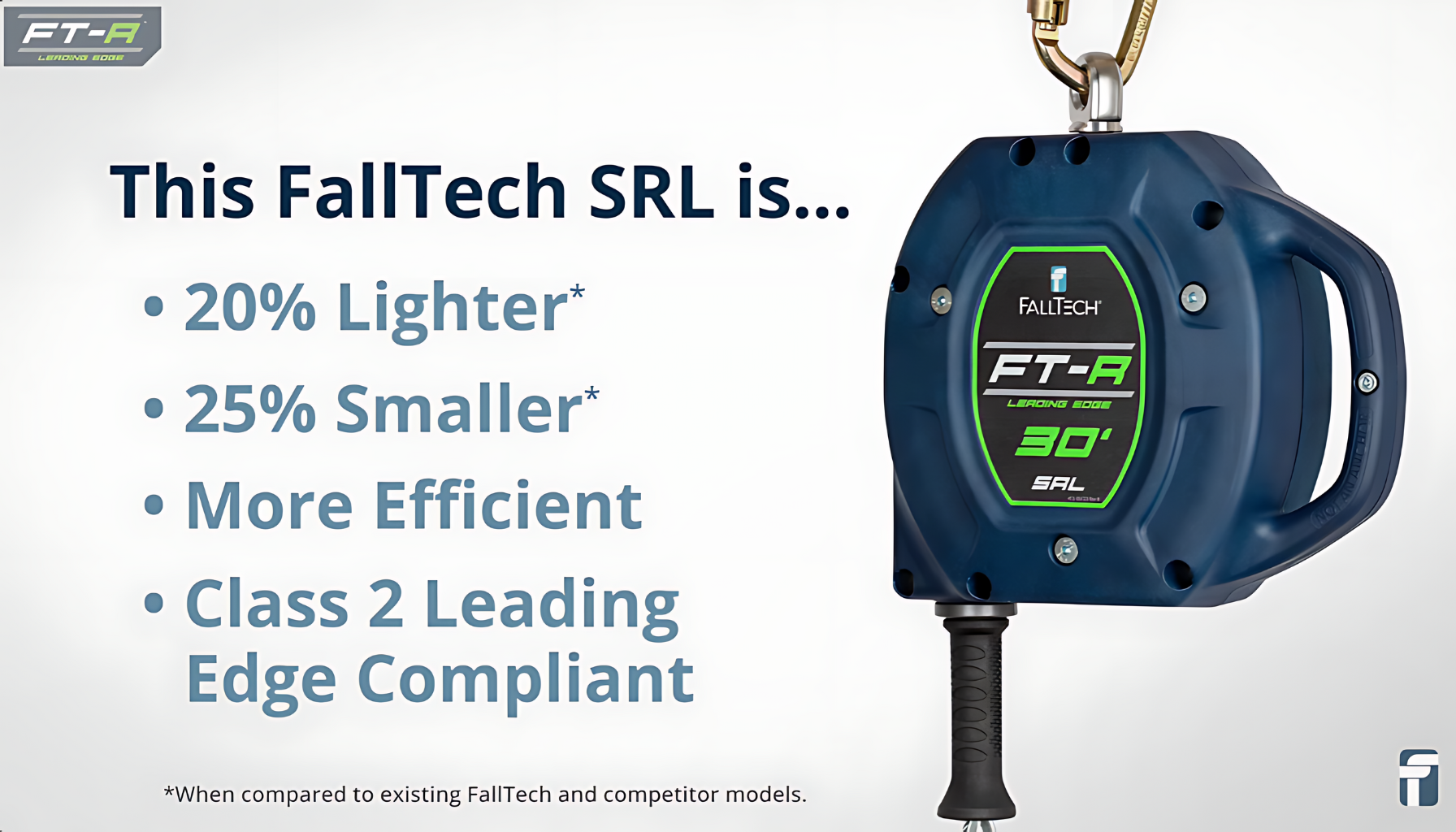
Introducing the latest in our series of Self-Retracting Lifelines - The Waive: our lightest series to date!
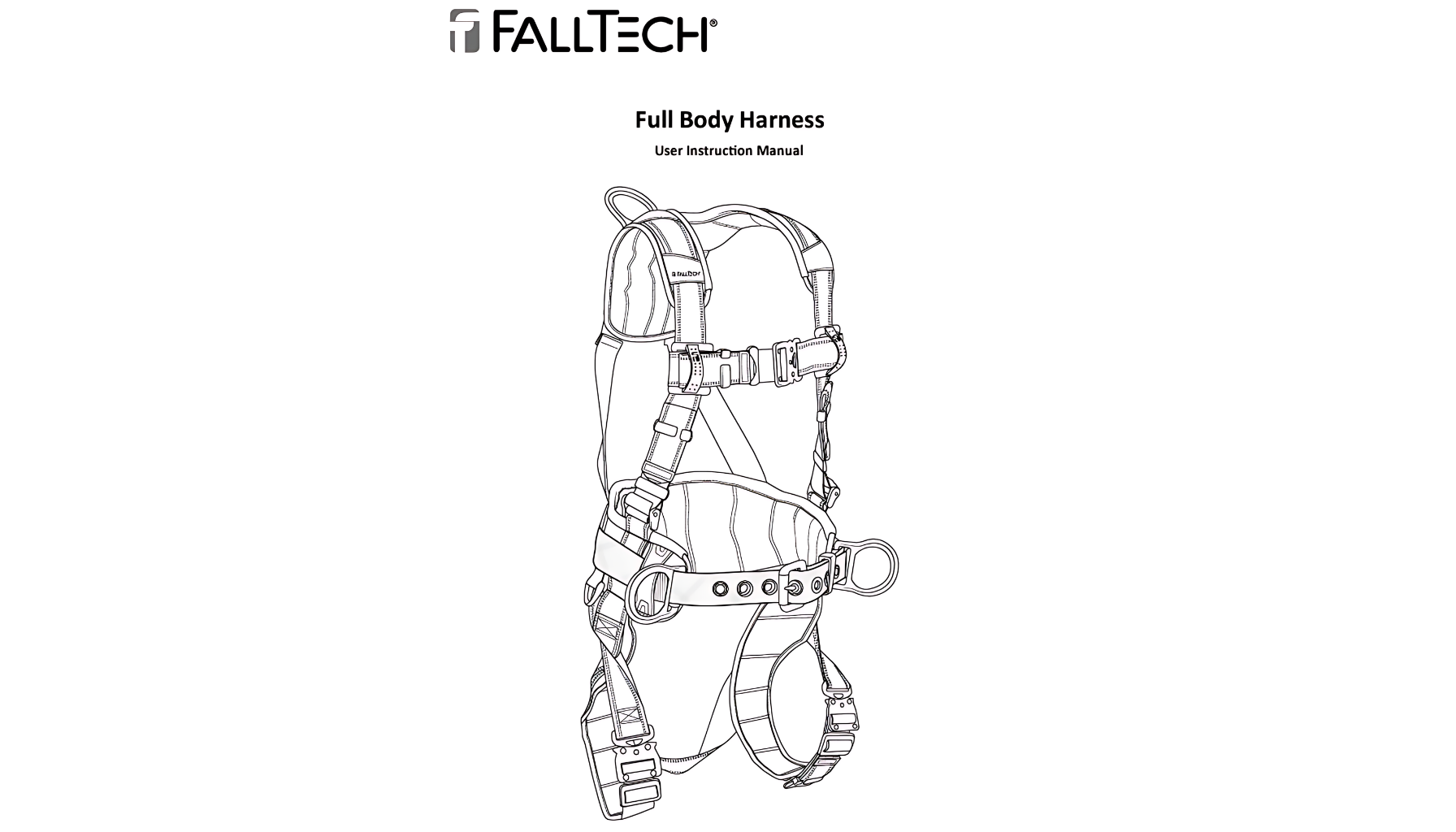
Harness Weight Capacity Ratings- Did you know?
Harness labels often specify weight ratings of both 310 lbs and up to 425 lbs due to differing standards set by regulatory bodies. OSHA (Occupational Safety and Health Administration) safety standards do not specify a specific weight range for harnesses, allowing manufacturers the flexibility to set these ranges based on their testing results. ANSI (American National Standards Institute), on the other hand, specifies that harnesses should be rated between 130 lbs and 310 lbs.
Manufacturers design their harnesses to meet both OSHA standards, which can include higher weight capacities up to 425 lbs, and ANSI standards, which cap at 310 lbs. By achieving compliance with both sets of standards, manufacturers can mark their harnesses with both weight ratings. This dual compliance ensures transparency and provides customers with a clear understanding that the harness is suitable for use within the specified weight ranges set by both OSHA and ANSI.















